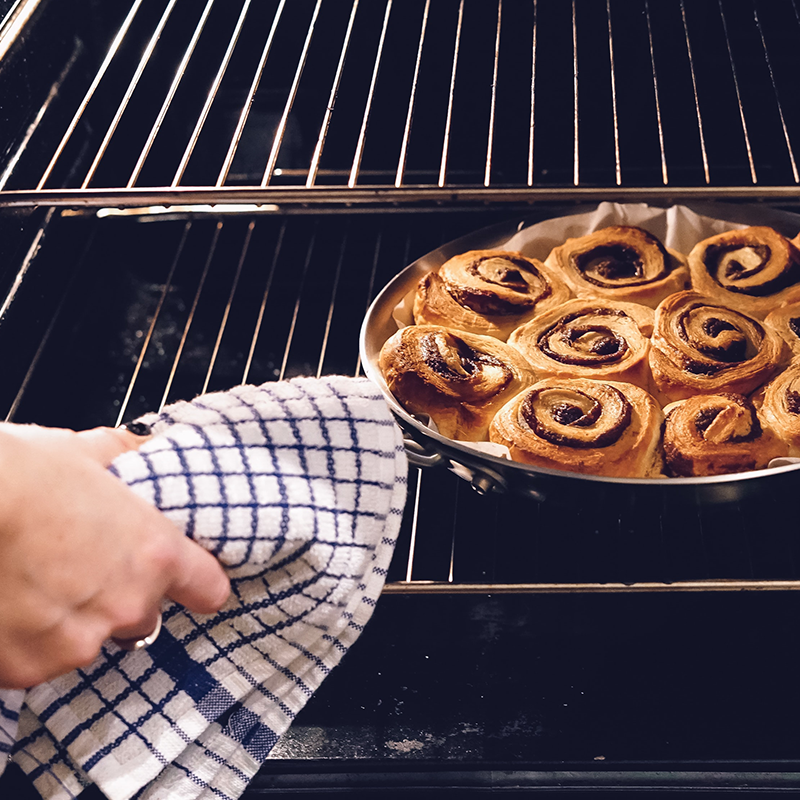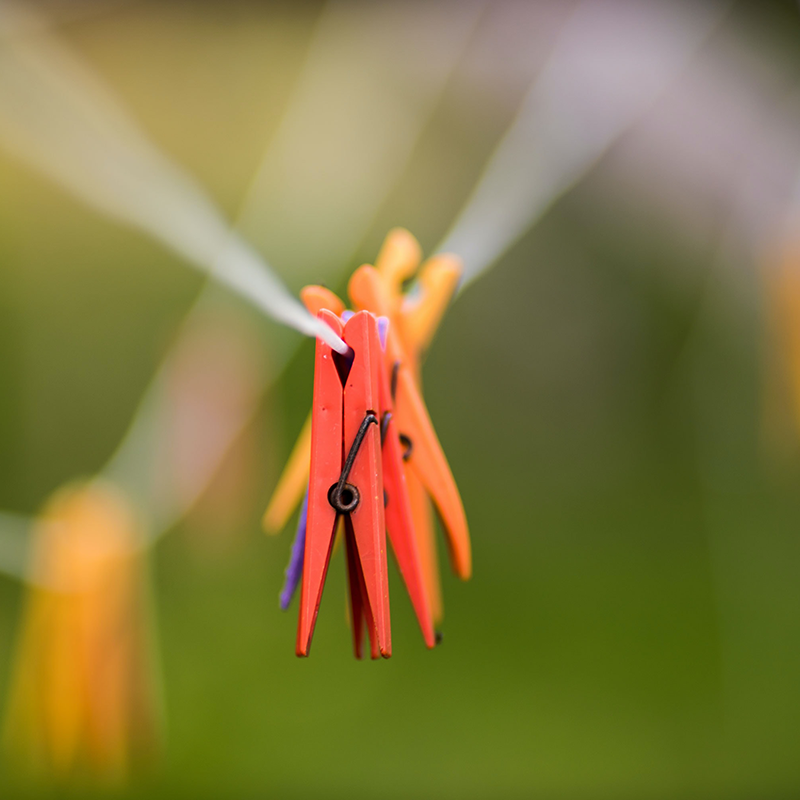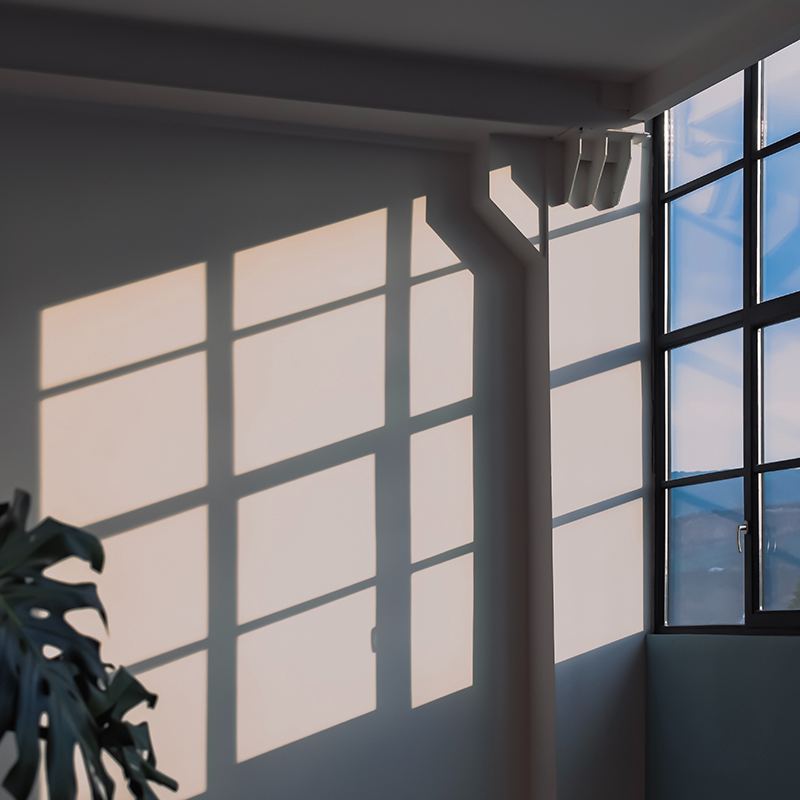Summer Energy Efficiency
Reducing consumption is the greenest of green.
Energy usage can soar in summer – especially when heat waves occur, or even excessive rain events (dryer use, dehumidifiers etc). The cost and environmental impact can be significantly reduced through good planning and adjustment.
It goes without saying, that solar PV is a fantastic first step to reducing your use of fossil fuels. However, even with this most households will still draw down from the grid (without a battery). Also, renters, community housing/low-income people and apartment dwellers are drawing the short straw when it comes to access to renewables. (IWCE are actively working on ideas to address this issue)
If you can’t change your living space, change your behavior.
The following chart goes through some ways that you can use to reduce your energy consumption in the summer months. Saving your wallet AND the Planet!
“Think of it this way: energy efficiency is about getting more out of each unit of energy, rather than not using energy full-stop.”
– Holly Taylor, Senior Advisor, Policy and Partnerships at the Energy Efficiency Council
COOLING
TIP
Benefit
Adjust Temperature of Air Conditioning
In summer, set your cooling between 25°C and 27°C. For every degree you increase heating and cooling you increase energy use between 5% and 10%.
Replace or clean your air conditioning filter
Dirty filters dramatically reduce airconditioner efficiency. Check your filters once a week and replace them as often as necessary.
Use a Fan
Fans improve comfort levels, by improving air circulation, so you feel about 3°C cooler. They must be blowing on you to feel their cooling effect. Fans use a fraction of the energy required by air conditioning. There’s no point running them when nobody is around.
Ceiling fans
During the summer, a ceiling fan should (in most cases) be running counterclockwise when viewed from below. You want the setting with maximum downdraft. Ceiling fans use less energy than air conditioners.
Catch the Breeze
In summer make the most of natural airflow in the cooler parts of the day by opening windows to bring in the breeze and let the hot air out.
Draw curtains on windows exposed to direct sunlight
Make sure the space at the top of curtain between the rod and the wall is covered, or hot air will rise through the gap.
Close your fireplace damper.
Close off rooms not in use. Shut doors and vents to unused areas and only cool the rooms you’re using.
Close doors to rooms not in use
If you have a fireplace, close the flue during warm weather months. Chimneys are another void you don’t need to cool, so keep fireplace doors shut or construct an airtight screen to close the hearth when not in use.
Bathroom & Kitchen & lights

TIP
Benefit
Take cool showers
The cooler you run your shower, the less heat and steam you’ll need to remove from your living space. Use the exhaust fan if it’s vented outdoors. Have shorter showers that are no more than 4 minutes.
Cooking
Cover pots and pans to reduce cooking time. You can save energy on your kettle by boiling only as much water as you need.
Choose the toaster over the grill when making toast.
Use the Microwave
In addition to saving money year-round, microwave ovens are a good bet for summer cooking. Here’s why: Microwaves direct most of their energy into the food, rather than the kitchen. That means you’ll stay more comfortable and burn less energy removing cooking heat from your home.
Replace standard bulbs with low- energy equivalents wherever practical.
The heating effects of incandescent bulbs are generally overstated, since most lights are mounted close to the ceiling. But every degree matters when you’re trying to keep power bills under control, and the money- saving benefits of using LED bulbs year- round are obvious.
LEDs emit less heat, use 75% less energy and last up to 10 times longer than halogen globes
Task Lighting
Use the amount of lighting that you need. For example: a reading lamp instead of several overhead lights.
Laundry

TIP
Benefit
Wash your clothes at night
Take advantage of off-peak pricing
Cold water wash
Save energy and water by washing in cold water and using the shortest cycle possible. This can save up to 10 times more energy than a warm wash.
If you have a front loader you can save about 50% on energy costs by washing in cold water.
If you have a top loader you can save about 85% on energy costs by washing in cold water.
If you prefer to use hot water, set it to 60 degrees.
Wait until the washing machine is full, adjust your water level to suit the size of the load then put it on.
Use a clothes line instead of the dryer.
Every dryer load uses energy and drives up your bills. Using the clothesline just one day a week will save around $70 a year.
Appliances

TIP
Benefit
Fridge/Freezer
Make sure there is plenty of space around your fridge. Your fridge and freezers work best when you leaving a gap of 5–8cm around them for ventilation.
Check that the fridge seals keep the doors firmly closed.
Make sure the fridge isn’t too full.
The optimal temperature for your fridge is between 3 and 5 degrees Celsius. For a freezer it’s between minus 15 and minus 18 degrees Celsius. Every degree lower requires 5% more energy.
Remove any frost build-up in the freezer. If you have a second fridge for entertaining, only turn it on when you need it.
Dishwasher
Wait until the dishwasher is full, then put it on. Try scraping your dishes rather than rinsing before loading.
Check your Hot water system
It’s often overlooked, but a home’s hot- water system typically uses more energy than any other single appliance (up to 20% of your total bill), making it a key part of any energy efficiency plan.
Check your system’s star rating and, if it’s low, consider upgrading. You can also adjust the amount of preheated water that the system holds at any one time – consider reducing this amount to save energy. And make sure you’re not heating water to a higher temperature than you need.
Take heed of star ratings
Household appliances can account for up to one third of your energy bill so by purchasing energy efficient appliances you can save hundreds of dollars a year in electricity.
Energy-rated appliances are also labelled with their typical consumption, so you can calculate exactly what each one will cost to run.
Here are 2 examples of what energy rating labels might mean.
Example 1
7kg clothes dryer with 1 star
vs
7kg clothes dryer with 6 stars.
The 1-star dryer uses nearly 3 times as much electricity as the 6-star dryer.
Example 2
106cm plasma TV with ½ a star
vs
106cm LCD TV with 6 stars.
The ½-star TV uses more than 5 times as much electricity as the 6-star TV.
(Source: www.energyrating.gov.au )
Turn it Off!
Here’s another year-round energy saver.
During the summer, however, it’s even
more important to pull the plug on home electronics. Anything with a transformer creates heat. Any items with a little light on or clock are using power.
Shut down unused desktop computers (they have cooling fans for a reason), televisions and entertainment systems —
A pretty much everything with a plug.
Turn it off at the wall
Your mobile phone charger is drawing power even when your phone is not plugged in. Charge your phone or computer during the day. Unplug them once fully charged.
Appliances left on stand-by use about 10% of your energy bill.
While each appliance only uses a small amount of energy, it adds up.
According to consumer group Choice the biggest energy suckers in the home are as follows:
-
- Wireless VOIP router: $25.40
- Speaker docks: $19.00
- Washing machine: $7.60
- Microwave: $4.72
- Clothes dryer: $1.72
- Air con – large: $1.08
(amounts are based on annual usage)
Structural

TIP
Benefit
Insulation
Insulation is a worthwhile investment for comfort and energy savings. As much as 50% of the energy used to cool an uninsulated home can be wasted through air leaks.
Seal gaps
Seal gaps and cracks to stop air leaking. This is a cheap way to cut your energy bill by up to 25%.
Use a draught stopper to prevent air leaking under doors.
Apply weather seals.
Closing gaps and cracks around the house can save you $50 a year.
Window efficiency
Prevent heat loss or gain with well-fitted curtains and blinds to trap a layer of air next to the window. Close curtains during the hottest part of the day in summer.
Doubleglazing
Reduce heat from direct sunlight by using shade on windows (especially north and west facing).
Plant trees and bushes outside windows and walls to provide natural shading.
Install shade
Reduce heat from direct sunlight by using shade on windows (especially north and west facing).
Plant trees and bushes outside windows and walls to provide natural shading.

